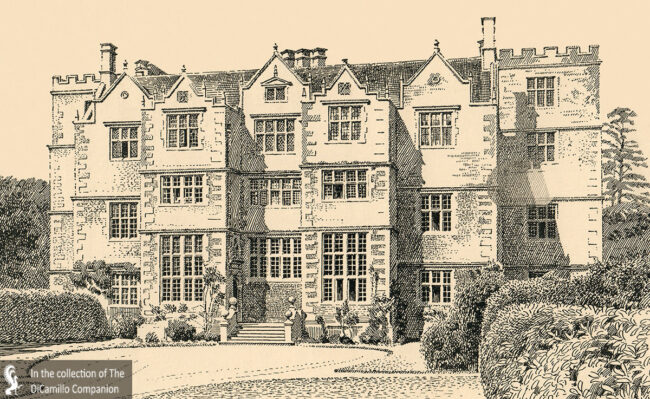
The house from a circa 1900 book print
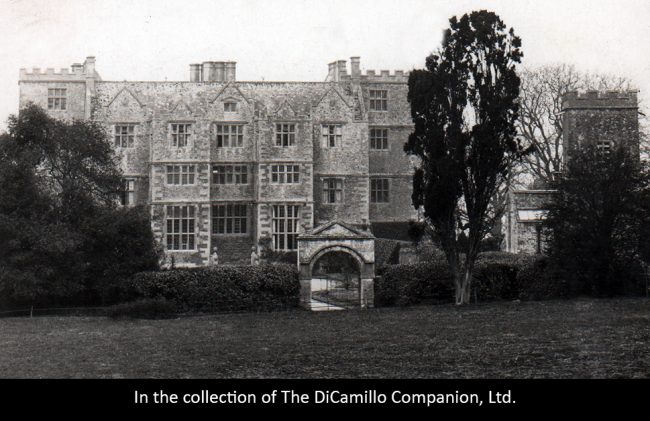
The house from an early 20th century postcard
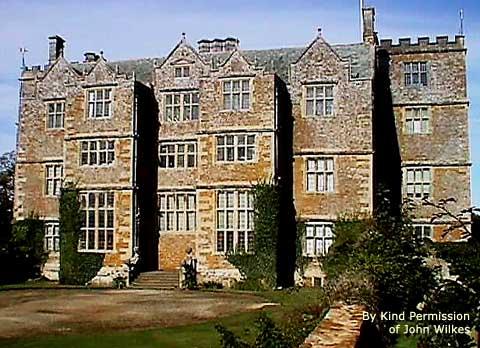
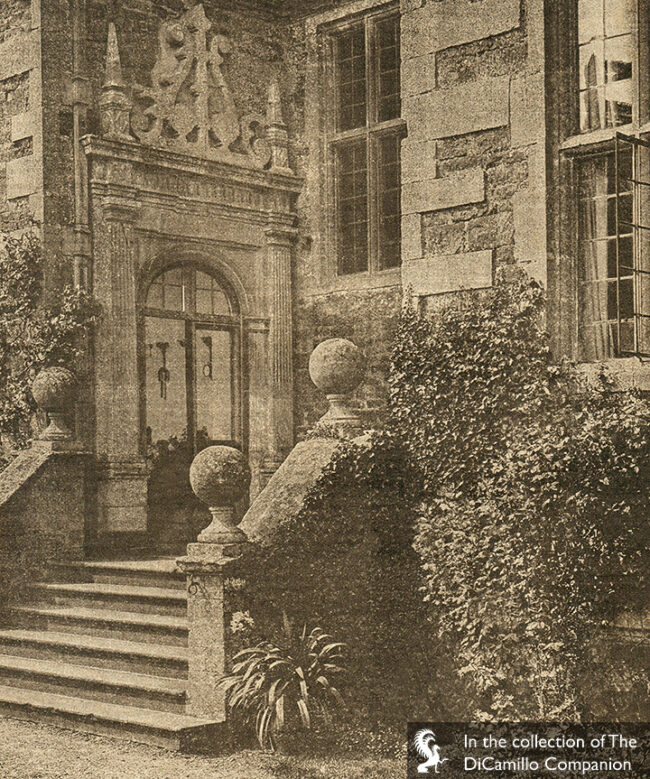
The porch from the Jan 16, 1903 issue of "The Building News"
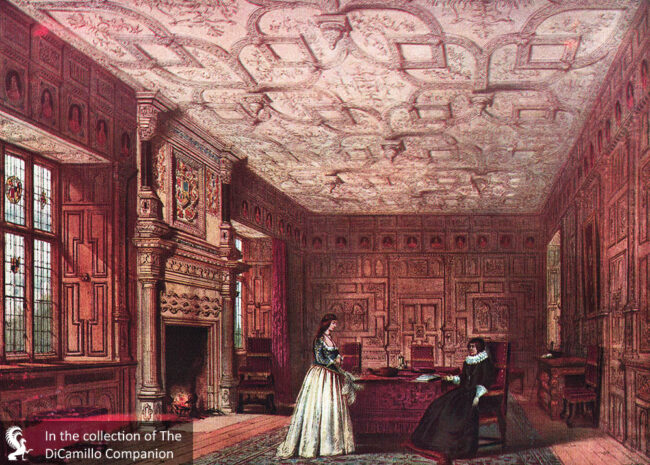
A late 19th century lithograph of the drawing room from Joseph Nash's "Interiors of Old English Mansions"
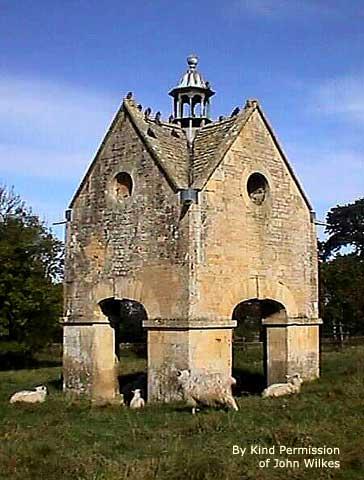
The dovecote
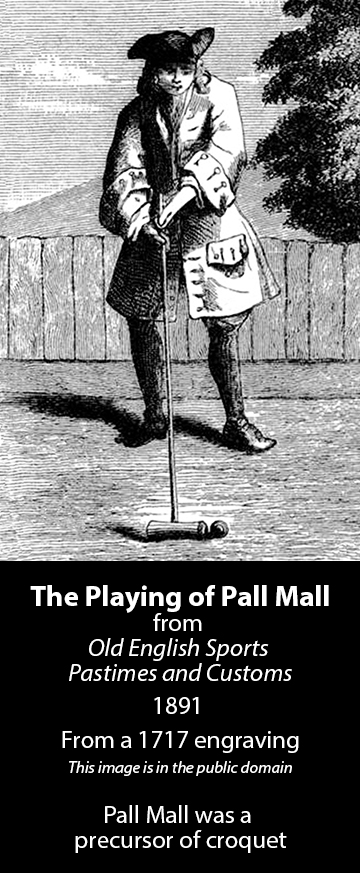
It was at Chastleton, in 1865, that the rules of modern croquet were codified.
Earlier Houses: There was an earlier house of the Catesby family that was demolished when the current house was built. The last member of the family to live here, Robert Catesby, was involved in the Gunpowder Plot. He was murdered in 1605.
Built / Designed For: Walter Jones
House & Family History: Chastleton is one of England's finest and most complete Jacobean houses. The house is filled with a mixture of rare and everyday objects, as well as fine furniture and textiles—all collected by the Jones family over four centuries. Rather famously, in the late 1940s, Irene Whitmore-Jones, one of the last private owners of Chastleton, would tell visitors that the family lost all its money in the war. She was not, as her guests assumed, referring to World War II, but to the English Civil War, which took place in the 1640s.
Garden & Outbuildings: It was at his family’s ancestral home that Walter Whitmore Jones codified the rules of modern croquet in 1865. Walter was a difficult man who tossed about trying to find a purpose in life after dropping out of Oxford. He settled on becoming an inventor and poet (he published two volumes of poetry that were poorly received). Though he found some success with a game called Frogs & Toads and patented the railway carriage signal, true success eluded him. Believing that croquet could become big, Walter became obsessed with the game and built croquet lawns at Chastleton. Realizing that there were no standard rules, he set about creating official rules and tactics for croquet, which were published in the April 7, 1866, issue of “The Field” magazine — thus giving birth to the modern game. Now let’s talk about the origins of croquet in Britain. Originally called pall mall, or paille-maille (from the Italian pallamaglio, which translates roughly as “ball mallet”), the game may have been played by Mary, Queen of Scots, at Seton Palace in East Lothian in the 16th century, but the most widely accepted origin story is that it came to Britain from the continent via Charles II in the 17th century. This certainly makes sense, as Charles was a sophisticated man who fully imbibed European traditions and customs during his exile in the Commonwealth years. After his 1660 restoration to the throne many new, fashionable trends entered British culture via the king, and it's known that Charles and his courtiers played the game in London. In fact, Pall Mall, the famous street in the St. James’s section of London, is named after the game, which was played around there in the 17th century. The game even appears in Samuel Johnson's famous 1755 dictionary; his definition of pall mall describes a game that sounds remarkably like croquet: "A play in which the ball is struck with a mallet through an iron ring.” And during the summer months you can still play croquet at Chastleton today, courtesy of the National Trust! Chastleton was purchased by the National Heritage Memorial Fund in 1991 and donated to the National Trust.
Architect: Robert Smythson
Date: 1602
Title: Chastleton House Guidebook 2013
Author: Ferry, Kathryn (Text); Masset, Claire (Editor)
Year Published: 2013
Reference: pg. 2
Publisher: Swindon: The National Trust
ISBN: 9781843594192
Book Type: Light Softback
Title: Movie Locations: A Guide to Britain & Ireland
Author: Adams, Mark
Year Published: 2000
Publisher: London: Boxtree
ISBN: 0752271695
Book Type: Softback
House Listed: Grade I
Park Listed: Grade II*
Past Seat / Home of: SEATED AT EARLIER HOUSE: Robert Catesby, until 1605. SEATED AT CURRENT HOUSE: Walter Jones, 17th century; Walter Whitmore Jones, 19th century; Irene Whitmore-Jones, 20th century. Barbara Clutton-Brock, until 1991.
Current Ownership Type: The National Trust
Primary Current Ownership Use: Visitor Attraction
House Open to Public: Yes
Phone: 01608-674-355
Fax: 01608-674-355
Email: [email protected]
Website: https://www.nationaltrust.org.uk
Historic Houses Member: No